Dances in Cuba: A Kaleidoscope of Rhythms in Cuba’s National and Regional Dances
Introduction:
Cuba, a vibrant island nation in the heart of the Caribbean, is renowned for its rich cultural heritage, infectious rhythms, and passionate dance traditions. From the iconic and globally celebrated salsa to the spirited rumba, Cuban national and regional dances reflect the island’s unique history, African, Spanish, and indigenous influences, and the resilience of its people. This exploration delves into the intricacies of Cuba’s national and regional dances, unraveling their origins, characteristics, and cultural significance.
I. National Dances:
1.1 Salsa: The Global Phenomenon Born in Cuba
Salsa, often considered the heartbeat of Cuban music and dance, is a genre that emerged from the fusion of various Afro-Cuban rhythms, jazz, and other Caribbean influences. While salsa is a global phenomenon, its roots lie deep in the streets of Havana and Santiago de Cuba. The dance is characterized by intricate partner work, quick footwork, and sensual movements. Salsa represents a dynamic synthesis of African and Spanish dance traditions, creating a joyful and energetic expression of Cuban identity.
1.2 Rumba: The Soulful Rhythms of Afro-Cuban Heritage
Rumba, an Afro-Cuban dance and music genre, is a celebration of the island’s African heritage. Originating in the marginalized communities of Havana, Matanzas, and other urban centers, rumba is a lively and dynamic dance that comes in various styles, including Yambú, Guaguancó, and Columbia. Rumba is characterized by expressive movements, intricate footwork, and a call-and-response interaction between dancers and musicians. It serves as a powerful cultural expression, embodying the spirit of resistance and resilience among Afro-Cuban communities.
II. Regional Dances:
2.1 Son Cubano: The Heartbeat of Santiago de Cuba
Son Cubano, a musical and dance style originating in Santiago de Cuba, is a cornerstone of Cuban culture. Rooted in Spanish troubadour traditions, African rhythms, and Haitian influences, Son Cubano is characterized by its syncopated beats, call-and-response singing, and intricate partner dances. The dance often features elegant turns, flirtatious gestures, and vibrant footwork, capturing the essence of Cuban romance and camaraderie.
2.2 Cha-Cha-Chá: The Elegant Dance of Romance
Cha-Cha-Chá, born in Havana in the 1950s, is a dance and music style that evolved from the danzón. With its infectious syncopated rhythm and playful, flirtatious movements, Cha-Cha-Chá quickly gained popularity both in Cuba and internationally. The dance involves quick steps, hip movements, and a distinct syncopation that makes it an enduring symbol of Cuban elegance and social dance.
2.3 Danzón: Elegant Ballroom Dances in Matanzas
Danzón, originating in the city of Matanzas, is a refined and elegant dance that gained popularity in Cuban ballrooms during the late 19th century. Influenced by European ballroom dances and Afro-Cuban rhythms, Danzón is characterized by smooth gliding movements and intricate partner work. The dance is often accompanied by a formal dress code and live orchestras, making it a symbol of sophistication and cultural fusion in Cuban society.
2.4 Mambo: Afro-Cuban Rhythms in Havana
Mambo, a dance style that emerged in Havana in the 1940s, is a lively and energetic partner dance often performed to big band music. With its roots in Son Cubano and influences from jazz and swing, Mambo features intricate footwork, spins, and dramatic pauses. The dance gained international acclaim, becoming a symbol of Cuban exuberance and musical innovation.
2.5 Conga: Carnival Rhythms in Santiago de Cuba
The Conga, a celebratory dance originating in Santiago de Cuba, is an essential part of the island’s carnival traditions. Accompanied by the rhythmic beats of conga drums, the dance involves a procession of participants moving in a line, showcasing expressive movements, and vibrant costumes. The Conga is a communal celebration that embodies the festive spirit of Cuban carnivals, bringing together people of all ages in a rhythmic street party.
III. Characteristics of Cuban Dances:
3.1 Afro-Cuban Influences: A Tapestry of Rhythms
Cuban dances are characterized by a rich tapestry of Afro-Cuban influences, reflecting the island’s African heritage. Whether in the pulsating rhythms of salsa, the soulful beats of rumba, or the celebratory spirit of the Conga, Afro-Cuban elements infuse Cuban dances with a deep sense of cultural identity and resilience.
3.2 Social Interaction: Dance as a Language
Cuban dances, particularly salsa, rumba, and Son Cubano, emphasize social interaction and connection. The partner work, intricate footwork, and call-and-response elements create a unique dance language that fosters communication and camaraderie. Cuban dances serve as a means of social expression, storytelling, and celebration within the community.
3.3 Sensuality and Romance: Expressions of Love
Many Cuban dances, such as Cha-Cha-Chá and Son Cubano, incorporate sensuous movements and gestures that express themes of love and romance. The close connection between dance partners, the playful interactions, and the expressive footwork contribute to the sensuality and romanticism embedded in Cuban dance traditions.
3.4 Cultural Fusion: Harmonizing Influences
Cuban dances are characterized by a harmonious fusion of cultural influences, blending elements from Spanish, African, and indigenous traditions. The syncopated beats of Son Cubano, the flirtatious movements of Cha-Cha-Chá, and the energetic spins of Mambo all exemplify the dynamic interplay of diverse cultural influences within Cuban dance forms.
3.5 Celebration of Life: Festive Atmosphere
Cuban dances, especially those associated with carnivals and celebrations like the Conga, embody a festive atmosphere that celebrates life and community. The rhythmic exuberance, colorful costumes, and communal participation create a joyous environment, reflecting the spirit of Cuban culture and the resilience of its people.
IV. Influences and Evolution:
4.1 Resilience and Identity: Afro-Cuban Roots
The resilience of Afro-Cuban communities is evident in the enduring influence of their dance traditions. Rumba, with its roots in marginalized urban communities, and Conga, a celebration of carnival traditions, showcase how Afro-Cuban rhythms and movements have become integral to the island’s cultural identity.
4.2 Global Impact: Salsa as a Cultural Ambassador
Salsa, born from the streets of Cuba, has become a global cultural ambassador, influencing dance communities worldwide. Its evolution from the clubs of Havana to international dance floors demonstrates how Cuban dance forms can transcend borders and become symbols of shared joy and cultural exchange.
4.3 Preservation of Tradition: Danzón and Cha-Cha-Chá
Danzón and Cha-Cha-Chá exemplify the preservation of traditional dance forms in Cuban society. Despite the passage of time, these dances continue to be practiced and appreciated, serving as a link to the island’s cultural history and the elegance of bygone eras.
4.4 Contemporary Expressions: Innovations in Dance
While rooted in tradition, Cuban dances continue to evolve with contemporary influences. The fusion of modern dance styles, the incorporation of electronic elements in music, and the global exchange of dance techniques contribute to the ongoing innovation within Cuban dance culture.
V. Conclusion:
Cuba’s national and regional dances create a vibrant mosaic that reflects the island’s cultural richness, historical depth, and rhythmic exuberance. From the global allure of salsa to the soulful beats of rumba, each dance encapsulates a unique facet of Cuban identity.
As Cuba continues to evolve, its dances adapt to changing times while holding steadfast to the roots embedded in centuries-old traditions. The dance traditions of Cuba are a testament to the resilience of its Afro-Cuban, Spanish, and indigenous influences, inviting people to explore the stories, rhythms, and cultural expressions that define the island. Through each movement, rhythm, and embrace, Cuba’s dances endure as living expressions of a rich and diverse cultural legacy, inviting the world to join in the celebration of its rhythmic narratives.


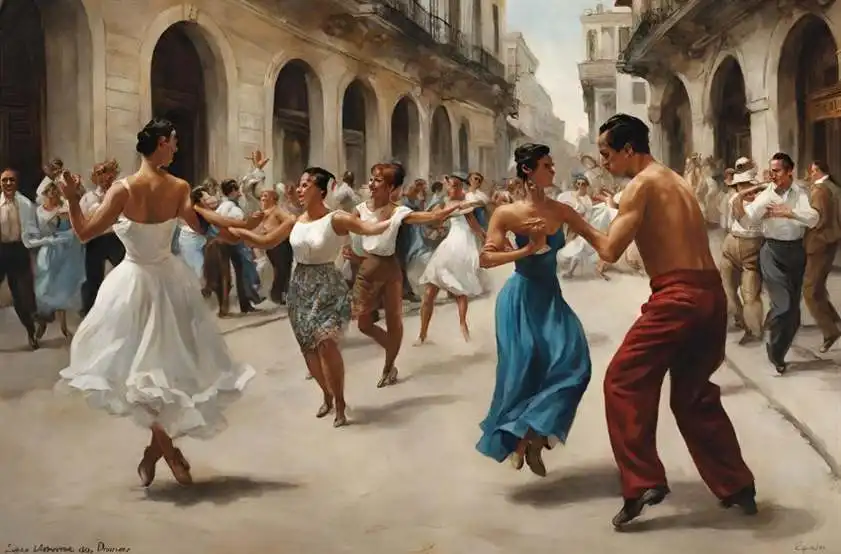

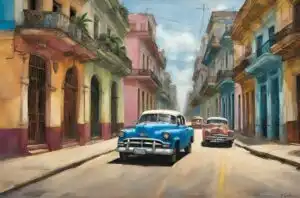
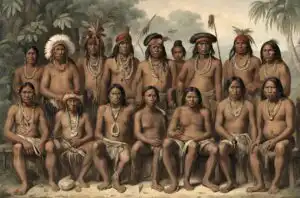

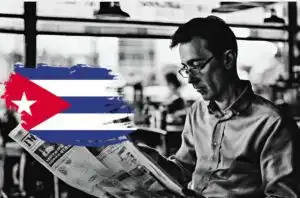
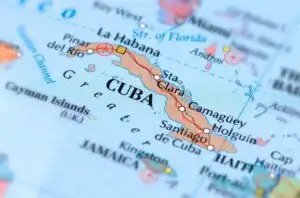
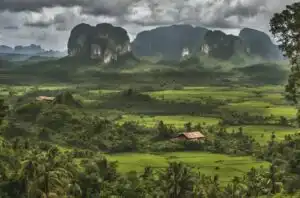

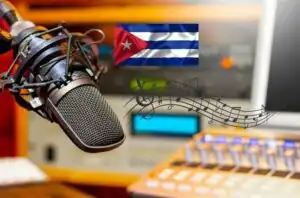
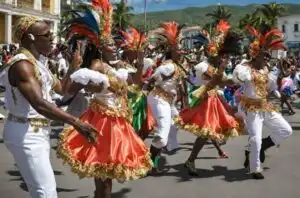
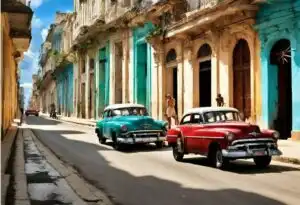
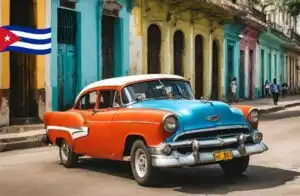
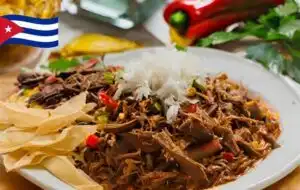
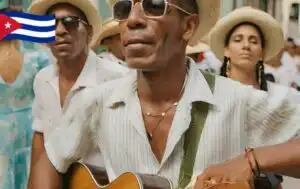
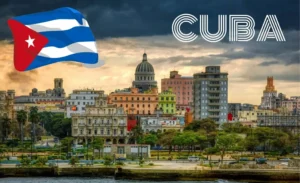
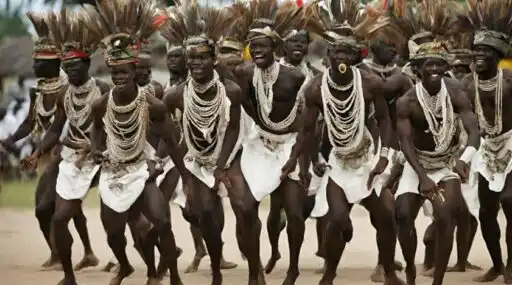
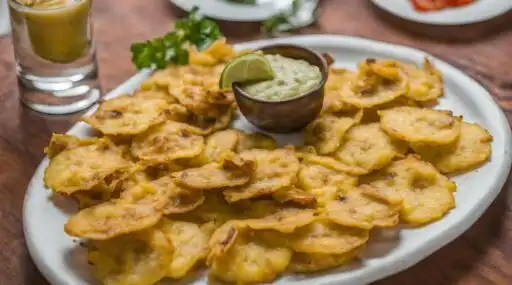


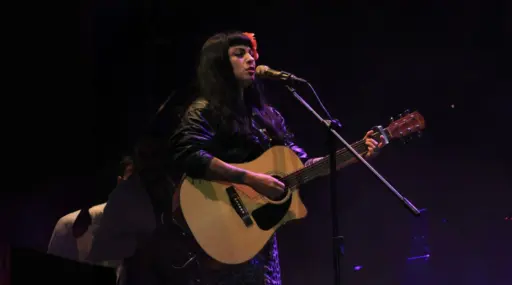
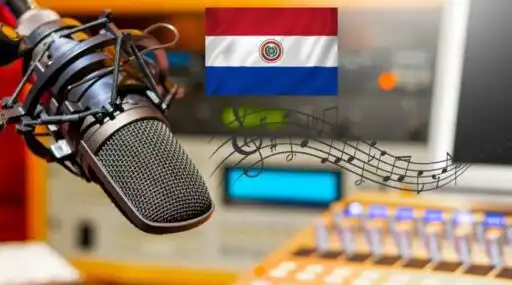
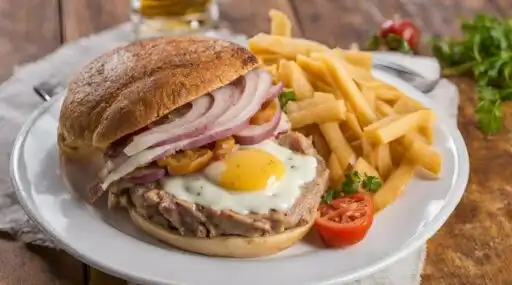
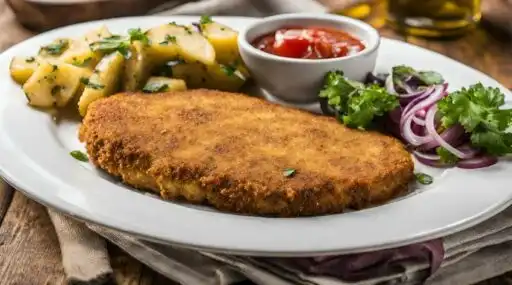
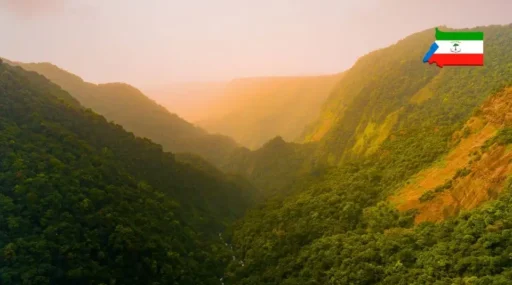
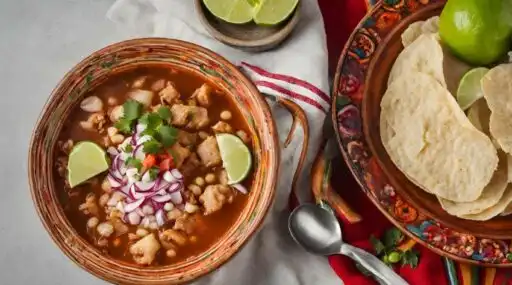
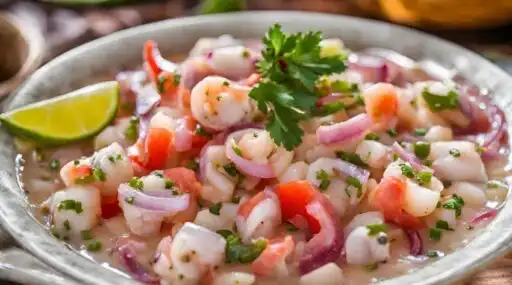
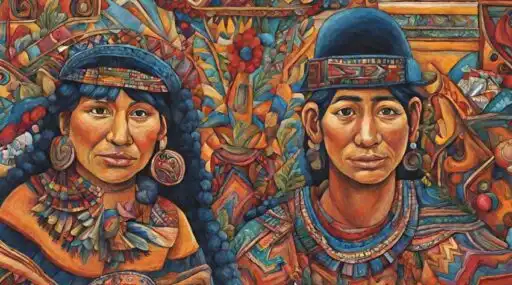
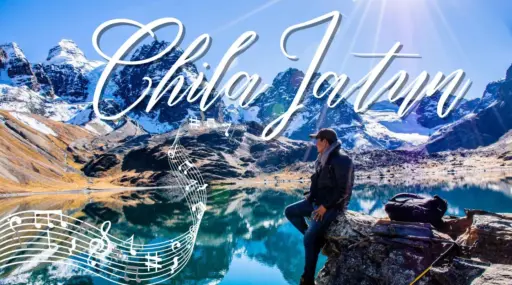
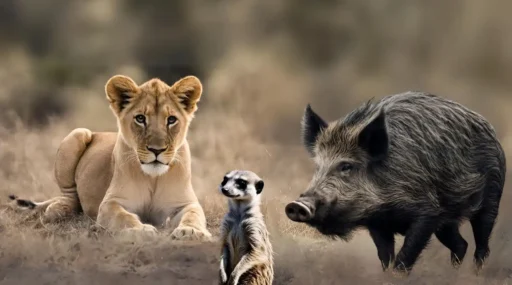
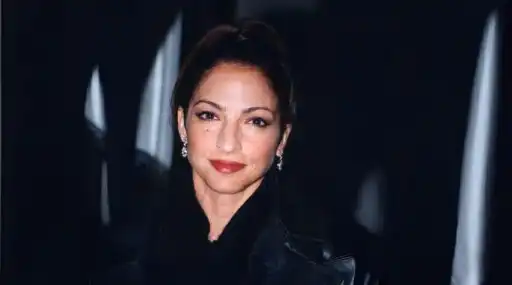
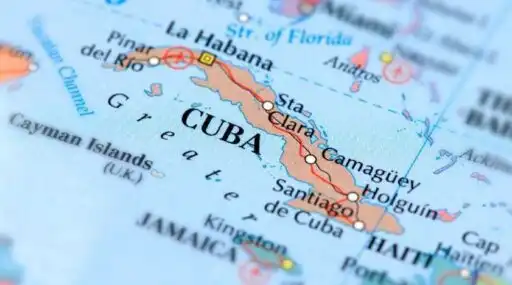
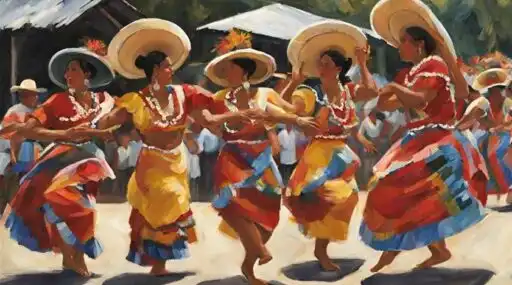
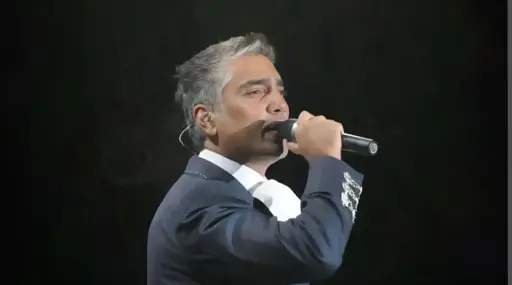
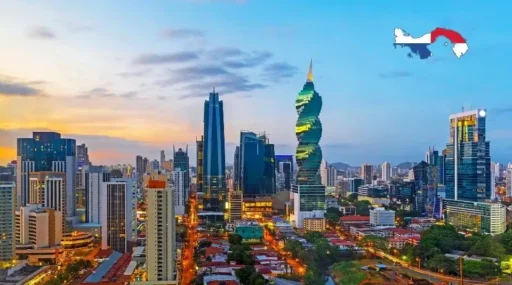
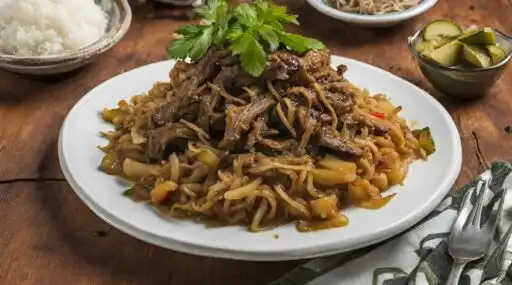

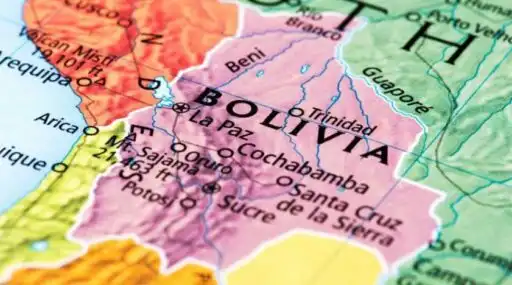
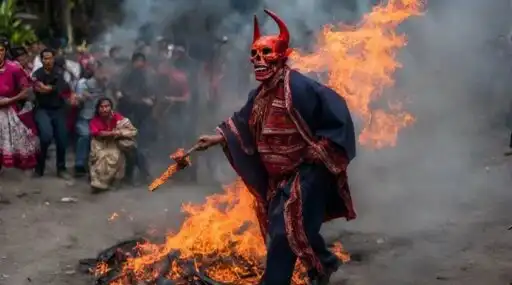
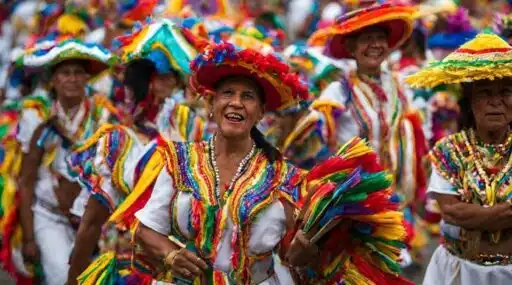
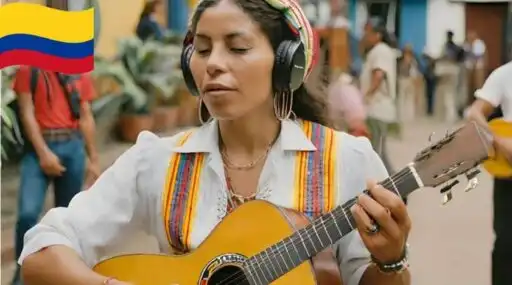
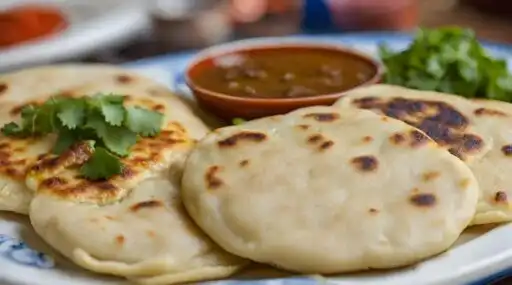
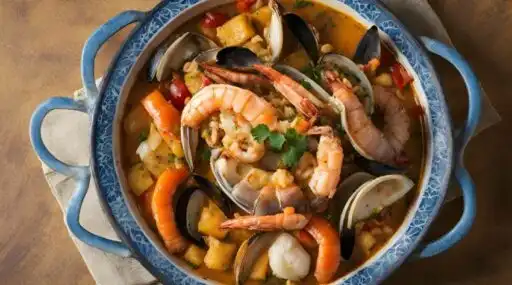
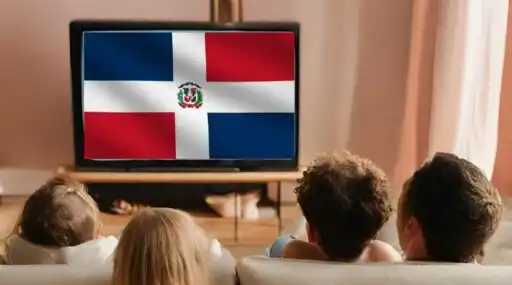
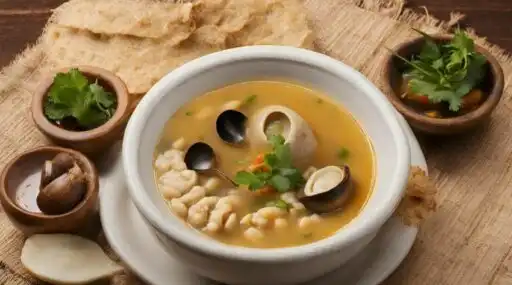
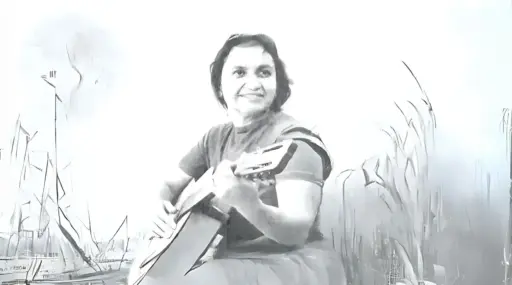
Leave a Reply